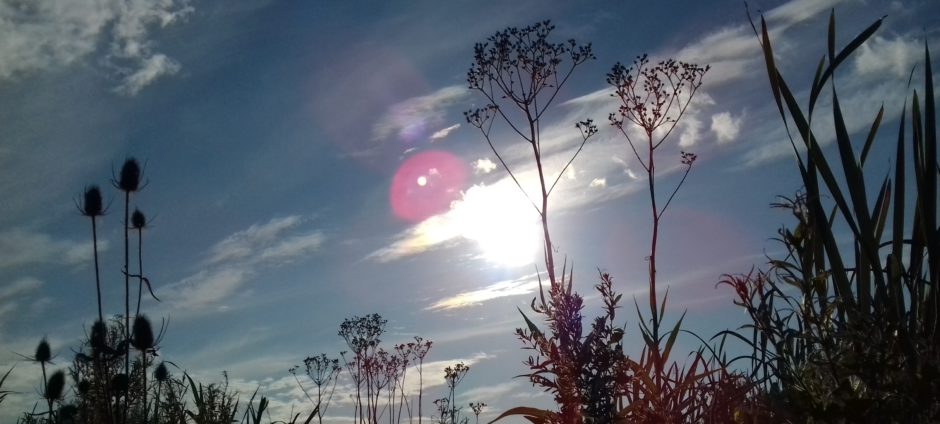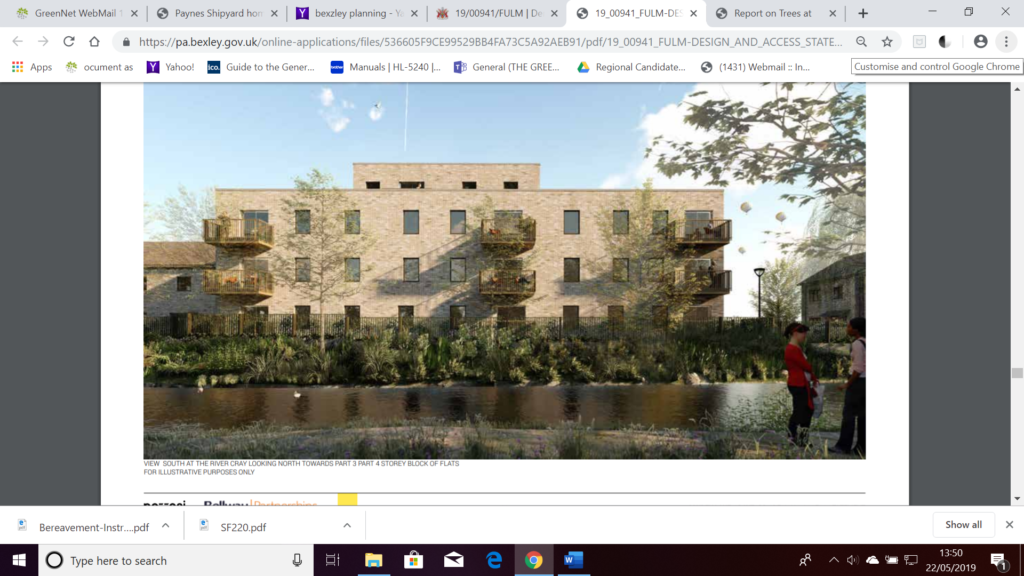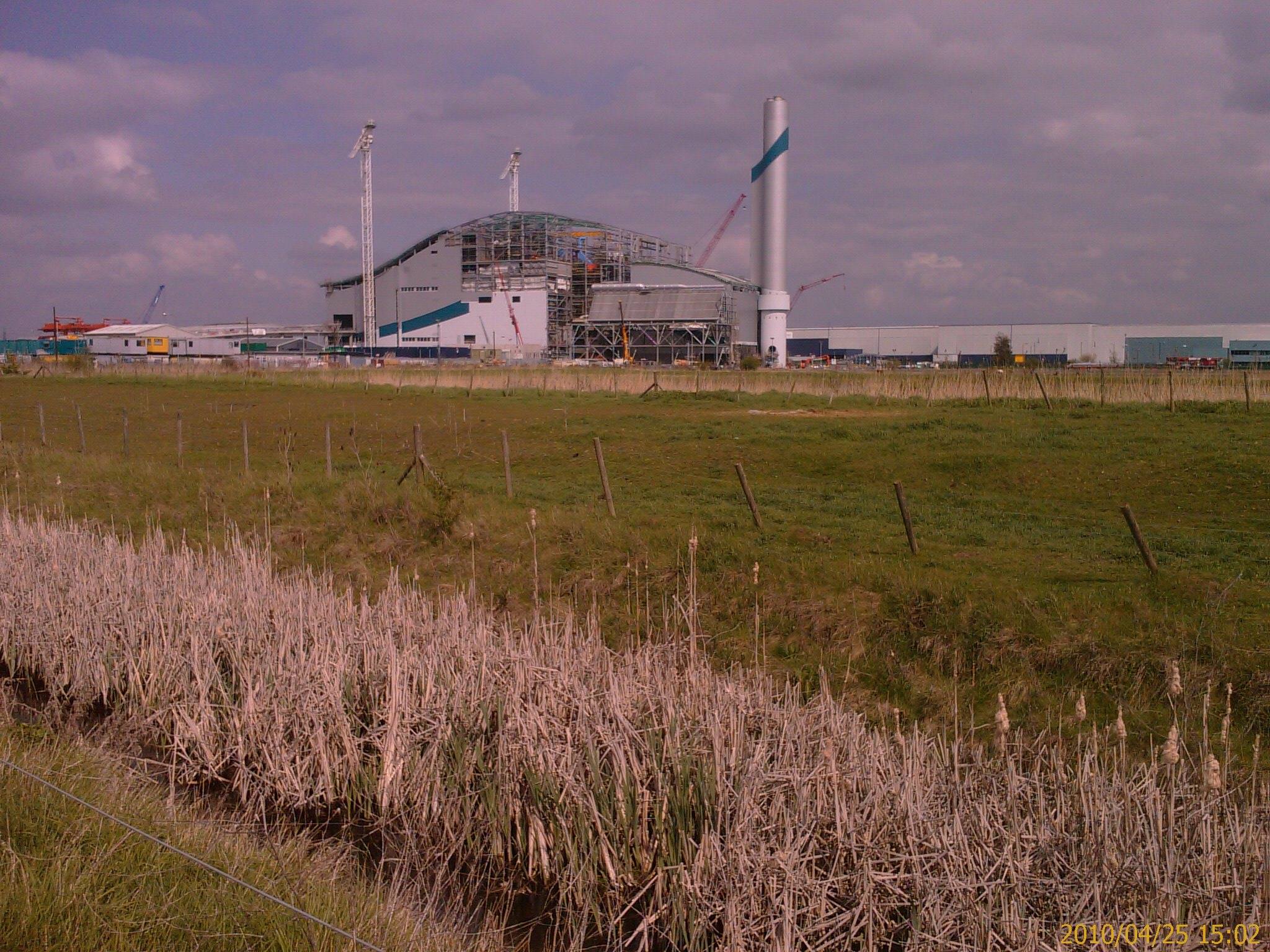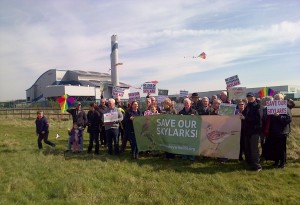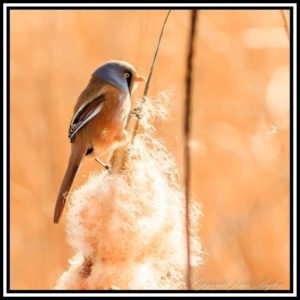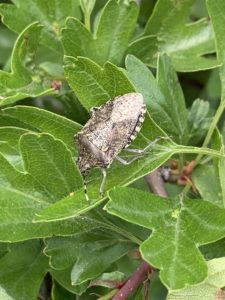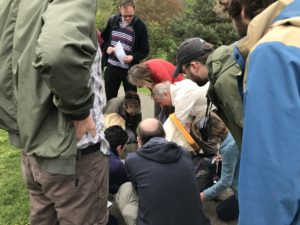An event put on by our friend in conservation, Sara.
Sign up to our emails here
Receive our latest postings in an email digest.
-
Recent Posts
- Help check river pollution with the Cray/Shuttle Outflow Safari
- Bexley RSPB Group Walk: Crossness Nature Reserve, Tuesday 31st May 2022
- Bexley RSPB – report of March bird/nature walk, Southmere Lake, Thamesmead former Golf Course and Thames Foreshore
- Report of Bexley RSPB KWT Sevenoaks Wildlife Reserve and Bough Beech Reservoir walks, February 15th.
- Friends of Crossness Nature Reserve bird walk report, 22nd November 2021
Our Facebook Posts
1 day ago
WOODLANDS FARM BEE WALK AND SURVEYJust to let you know that our next wildlife survey will be the Bee Walk on Thursday 25th April at 2pm. As usual please meet in the farmyard outside the office.
If you are able to make it please let me know.
Thank you.
Hannah Ricketts <education@thewoodlandsfarmtrust.org>
Education Officer
The Woodlands Farm Trust
331 Shooters Hill
Welling
Kent
DA16 3RP
Tel: 0208 3198900
Website: ... See MoreSee Less
www.thewoodlandsfarmtrust.org
As a charity Woodlands Farm is run as a conservation and education project, which provides an opportunity to find out about farming life and farm animals as well as a chance to experience the countrys...3 days ago
ARE FRIENDS ELECTRIC? BATTERY BRUSHCUTTER BRINGS MORE POWER TO THAMES ROAD WETLAND VOLUNTEER'S ELBOWS ....Readers of previous posts about this site will by now be familiar with the proportion of our time being taken up with trying to control Reed (Phragmites australis) growth, which outcompetes other species, leading to a monoculture, as well as speeding up the drying out of the site by reducing water depth through a rising rootmat and production of large amounts of leaf and stem litter.
Since we first started rotational cutting a few years ago, all Reed management has been done manually, with either slashers, shears and/or scythes. None of these kill the Reed, which grows back quickly, and needs cutting again - rather sooner and more frequently than volunteers can fully manage, which has led to some grumbling from the seasoned veterans who come dowm most weeks. Just to illustrate the point, thanks to rising temperatures, new Reed growth had put on around a foot in height in just the one week since our previous event.
Help is now at hand. After succesful trial last December, using machines kindly brought down by Braeburn Park (LWT) chief Simon Hawkins, which showed that battery brush cutters could deal with dense stands of dead winter Reed stem, that we could get a sensible period of use off each battery charge and that noise levels were acceptable, Thames21 has now met our request for such a device - which also means we can nomially use renewable energy and not petrol - and it was put to use for the first time last Friday (12th April). Volunteer Ray, who is currently the only one of us who has previously had the necessary training in brushcutter use, pronounced himself well pleased with the device.
We're hoping that cutting fresh stems below the surface will start to 'drown' the plants (as shown by academic research), significantly slowing re-growth. This will also reduce the total amount of biomass that needs stacking on our already gigantic 'compost heaps'.
While the new kit dealt with the cutting, other volunteers were freed up for raking out cut material along with accumulations of silt and partially rotted material, helping to restore more depth to the water.
On another positive note, we had an excellent turnout of 10 volunteers, on what was yet another sunny day at the site, plus our staff suport worker Michael O'Neill. Due to the 12th being in the easter school holiday period, we were able to welcome a school student with her father, as well as our older contingent. She saw her first Lizards, and was amongst the group that also saw a pair of Buzzards fly over. Thanks to Clare, Ian, Alex, LIz, Elio, Chris, Amelia, Ray and Pamela
Our next staff-supported event will be in June. Message Ray Hudson <rayhudson28@gmail.com> for details of the smaller volunteer-led sessions prior to that, which alsio take place of Fridays.
Photos by Michael O'Neill.
Chris Rose, Volunteer Site Manager. ... See MoreSee Less
3 days ago
Friends of Foots Cray Meadows - photography competition.Entries can relate to any aspect of the wonderful public open space that is the Foots Cray Meadows, its beauty, its landscape and its wildlife.
Closing date is 1st June 2024. Photographs must be submitted in digital form. Up to 5 are allowed per entrant.
The winner will receive a £50 Amazon voucher plus a mounted copy of their winning picture and a year’s free FFCM membership.
Only FFCM members can enter, but anyone wishing take part is invited to join the group - cost is £5 per year per household. For details of the competition and membership, see:
... See MoreSee Less
Photography Competition 2024 | Foots Cray Meadows
www.footscraymeadows.org
The Friends of Foots Cray Meadows (FFCM) committee invites you to take part in our inaugural Photography Competition 2024. With just a camera or your mobile phone, you have the exciting opportunity t...4 days ago
DATE FOR YOUR DIARY - RUXLEY GRAVEL PITS CLEAN-UP EVENT** Please share to anyone who may be interested in helping **
From: Lucy.Sawyer-Boyd@kent.gov.uk <Lucy.Sawyer-Boyd@kent.gov.uk>
I am organising a big volunteer litter clearance day at Ruxley Gravel Pits on Friday 2nd August.
This large Site of Special Scientific Interest is usually closed to the public, but the River Cray flows through the site and brings with it lots of litter.
We will be attempting to remove as much of this litter as possible.
I am inviting several different groups to take part and hoping to make a big impact.
Whilst most of the area is in Bromley, the northern edge falls within the London Borough of Bexley.
Please feel free to forward this to any individual contacts and local volunteer groups who might want to get involved.
Many thanks.
Best wishes.
Lucy Sawyer-Boyd
Partnership Officer, North West Kent Countryside Partnership,
Hall Place, Bourne Road, Bexley, Kent, DA5 1PQ
Tel: 0300 0410589/ Mobile:07809334071 ... See MoreSee Less
4 days ago
HOLT HOSTS NATIONALLY RARE PLANTS INITIATIVE AT LESNESEstate Manager Ian Holt reports that Lesnes Abbey Woods volunteers, working with Dr Mark Spencer, have recently sown both
Tower Mustard (Turritis glabra) and Copse Bindweed (Fallopia dumetorum) seed in an effort to aid species recovery.
Until its discovery at Lesnes in 2018, the last known Tower Mustard record for Kent (where it was believed to be extinct) was in 1964. It has declined nationally, especially since the 1930s. The seed has good longevity in the seed bank, so it can reappear years after it was last seen.
Thanks to a book about the woods by Marriott, which provides lists of species present at the site in the early 1900's, we know that Copse Bindweed was present back then. Ian says he thinks they have identified where the Copse Bindweed was last found. Volunteers have helped clear this area of vegetation, and a mature oak at this location has also fallen, so the team is hoping that increased light levels will encourage germination from the seed bank. There is one case from Kent where the species came back after 124 years.
As a back up, seed collected from London's only current Copse Bindweed site has been sown in pots . At the moment the
plan is to tend to any successful seedlings and then sink the pots into the ground in the wood. If plants emerge from the Lesnes seed bank, the pots will be whipped out and used elsewhere.
Mark Spencer is co-ordinator of work to produce a new atlas of wild and 'escaped' plants in London, and has also been behind the recovery of the nationally scarce Marsh Sow-thistle, having fortuitously saved seed from the last individual in the capital at Crayford Marshes. This was subsequently destroyed. Plants from these seeds were planted out at Thames Road Wetland where over the ensuing 13 years the population has thrived and increased in numbers. ... See MoreSee Less
Recent Comments
- Bursted Wood Plans on Bursted Woods – some general views and ground flora photos, spring 2018
- Bursted Wood Plans on Bursted Woods – some general views and ground flora photos, spring 2018
- jonathanrooks1@outlook.com on Over 2,000 Ring-necked Parakeets at Danson roost again
- Jeanne on Over 2,000 Ring-necked Parakeets at Danson roost again
- jonathanrooks1@outlook.com on Tree Preservation Order – Bexley Street Index
Categories
- Allotments
- Andersons Group
- Ants
- assets of community value
- Barnehurst
- Barnehurst Golf Course
- Bats
- Bees
- Beetles
- Belvedere
- Bexley
- Bexley Council
- Bexley Wildlife social events
- Bexley Woods
- Bexleyheath
- Biodiversity Action Plan
- Bird watching
- Bluebells
- BNEF
- Braeburn Park
- brownfield
- Budget
- Bursted Woods
- Butterflies
- Car parking
- Chalk Wood
- Christchurch Bexleyheath cemetery
- Churchfield Wood
- Climate
- Coldblow
- Common Lizard
- Conference
- Consultations
- coppicing
- Cray Riverkeepers
- Crayford
- Crayford Marshes
- Crayford Rough
- Crossness
- Crossness Nature Reserve
- Danson Park
- Demonstration
- development threat
- Dragonflies and Damselflies
- East Wickham Open Space
- Education
- Environment
- Erith Marshes
- Erith Quarry
- Extinction
- Farming
- Fish
- Floating Pennywort
- Fly-tipping
- Food security
- Foots Cray Meadows
- Friends of the Shuttle
- Galls
- Gardening for wildlife
- Gardens
- GLA
- Grass Snake
- Greater Thames Marshes NIA
- Greenwich
- Hall Place
- Hall Place North
- Harvest Mouse
- Heathland
- Hedgehog
- Hollyhill open space
- Hollyoak Wood Park
- Housing targets
- Invasive species
- Invertebrates
- Joydens Wood
- Keats Community Farm
- Kent
- key habitat features
- Lamorbey
- Land sales
- Lesnes Abbey Woods
- LHNS
- Light pollution
- Litter
- London Wildlife Trust
- Mammals
- Marlborough Park
- Martens Grove
- Migration
- Mistletoe
- Molluscs
- MPs
- Nature and Wellbeing Act
- News Shopper
- Old English Garden
- Old Farm Park
- Open spaces
- Organic
- Parish Wood Park
- Parks
- Planning
- Plants in Bexley
- Raptors
- Recording
- Recycling
- Reedbeds
- Reptiles and Amphibians
- Ring-necked Parakeet
- River Cray
- River Shuttle
- River Thames
- River Wansunt
- Rivers
- roost site
- RSPB
- Ruxley Gravel Pits
- Save Our Green Spaces Campaign
- Sidcup
- Sidcup Golf Course
- Sidcup Place Garden
- Sidcup Railway Station
- SINC
- Slow Worm
- Sustainability
- Sustainable housing
- Sustainable Urban Drainage
- Swanscombe marshes
- Swanscombe peninsula
- Swift
- Tesco
- Thames bridges
- Thames Road Wetland
- Thames21
- Thamesmead
- Traffic
- Training
- Trees
- Uncategorized
- vegetation management
- Volunteering
- Walled Garden Sidcup
- Weasel
- Weather
- Welling
- wild flowers
- Woodlands Farm
- Wyncham Stream
